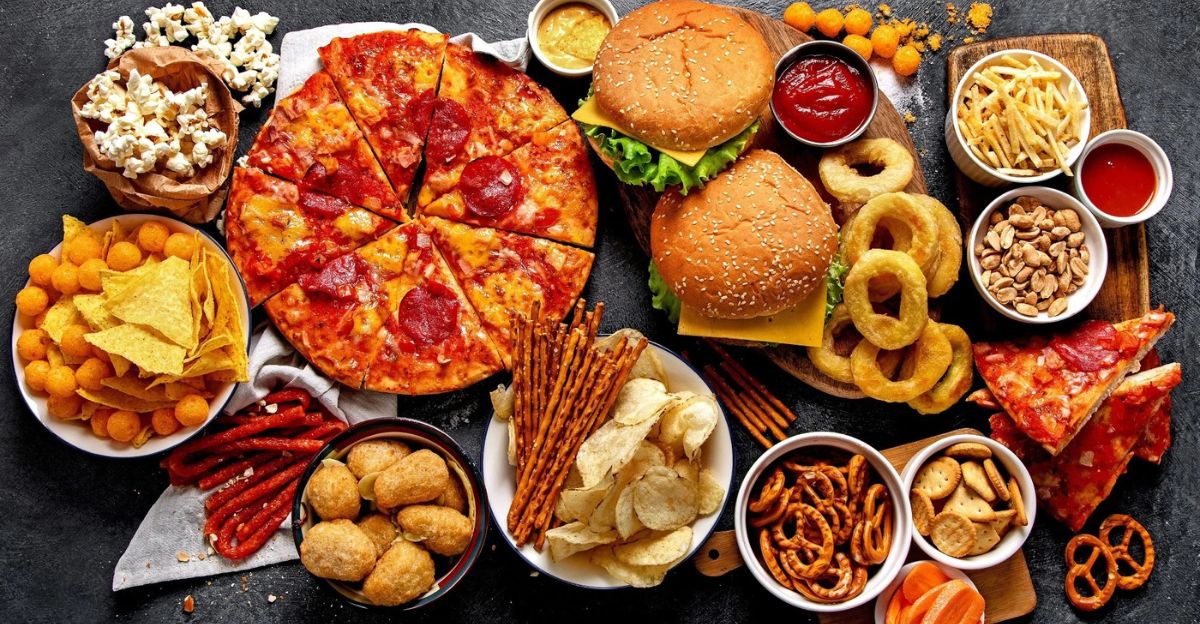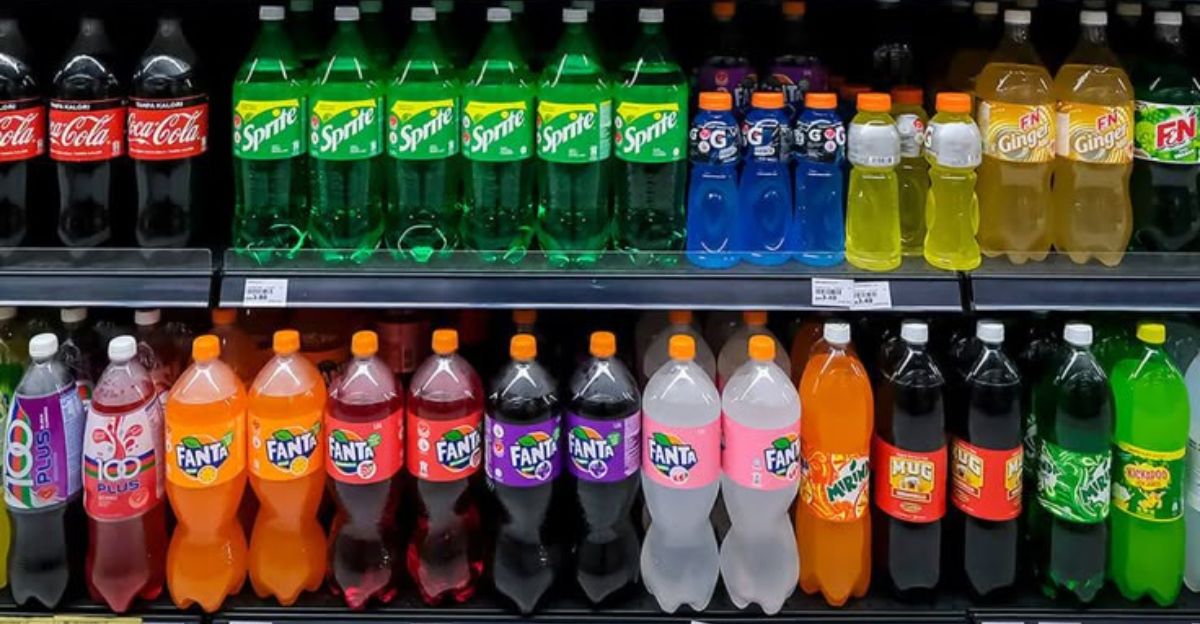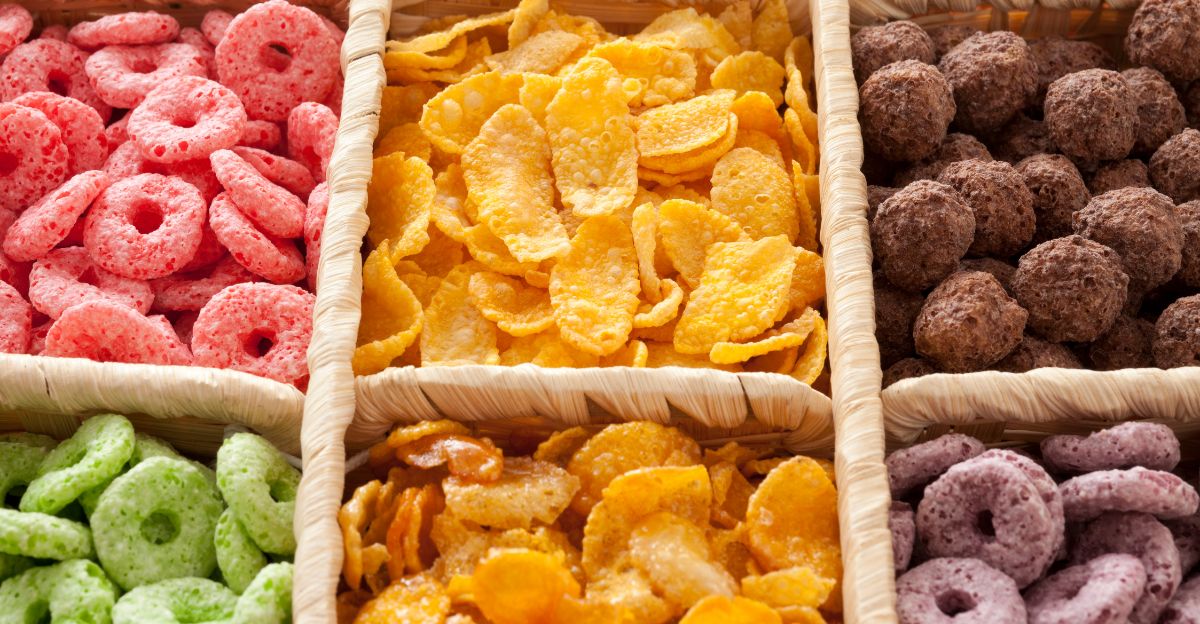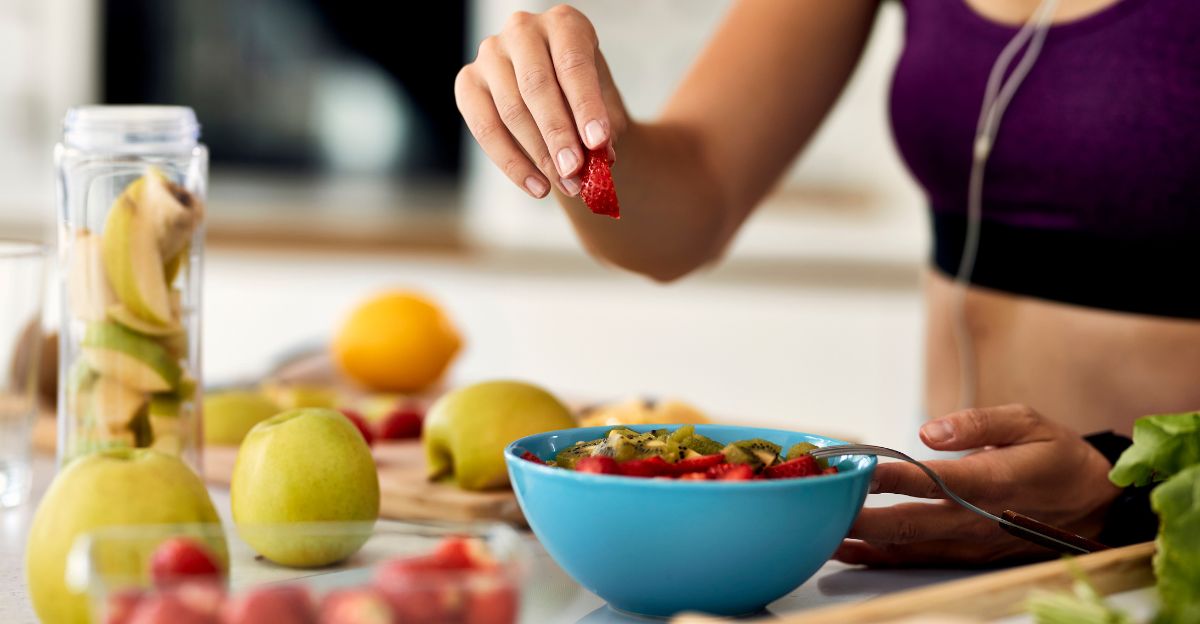
Food is good, but it can also be a death warrant. Over half the calories consumed in the US and UK are now from ultra-processed foods (UPFs), with the poor and young worst affected. The largest-ever analysis of 10 million people has linked these industrially produced foods with 32 different health conditions, including cancer, heart disease, and early death.
People who consumed the most UPFs had a staggering 40-66% increased risk of death from heart disease. Ultra-processed foods get around our natural satiety cues through hyperpalatability—combinations of fat, salt, sugar, and carbs that hijack maximum reward responses in our brains.
What Are Ultra-Processed Foods?

Ultra-processed foods are industrial creations with minimal or no whole foods but ingredients not found in household kitchens. The NOVA food classification system, the most popular among nutritionists, groups these foods as products with artificial sweeteners, coloring agents, chemical preservatives, and emulsifiers.
They prepare them for convenience and durability, with high saturated fat, salt, and sugar content, and low fiber, vitamins, and minerals. It is not the contents of these foods that make them hazardous; it is how tasty they are. That intense flavor will trick your mind into forgetting fullness, making you devour more. Take a look at four of the worst offenders:
1. Ready-to-Eat Meat, Poultry, and Seafood Products

According to a 30-year study from Harvard University, ready-to-eat meat products are at the top of the list of the most harmful ultra-processed foods. According to a 30-year study from Harvard University, ready-to-eat meat products, such as deli, top the list of the most harmful ultra-processed foods: meats, bacon, sausages, chicken nuggets, and fish sticks, often have many preservatives, such as nitrates and nitrites, that scientists identify as increasing cancer threats.
They are rich in sodium, artificial flavor, and shelf-life extenders that lower nutritional content. Their convenience is their worst aspect, as they require no preparation; they are ready to be eaten, hence constant consumption. The union of salt, fat, and protein forms a hyper-palatability flavor that stimulates reward systems in the brain like addictive drugs.
2. Sugar-Sweetened and Artificially Sweetened Beverages

Sodas and energy drinks are two good examples of the most toxic forms of ultra-processed foods. These legal highs combine highly concentrated sugars (or artificial) with substances like caffeine that accelerate metabolism and induce wakefulness.
Although they temporarily improve performance, continuous consumption causes the heart to beat faster and more intensely, which can have serious health repercussions. One serving can contain more added sugar than the recommended daily allowance. Research shows they circumvent standard satiety signals, increasing caloric intake throughout the day.
Most striking is their consumption among children and adolescents, where experts associate them with developmental issues, sleep disturbances, and early metabolic derangements that lay the foundation for life-long illness.
3. Ultra-Processed Breakfast Foods

According to new evidence, ultra-processed breakfast foods—particularly sweet cereals, breakfast bars, and instant breakfast drinks—are the most toxic UPF categories. Most contain more sugar per serving than desserts, but marketers tout them as healthy morning options.
Processing breaks down natural fiber and nutrients and partially replaces them with artificial vitamins and minerals that act very differently from their natural equivalents. The added sugars and refined carbohydrates blend results in swift blood sugar spikes and crashes, which may interfere with energy levels. More troubling is the way these products are marketed to children, setting up unhealthy eating habits that can last a lifetime.
4. Dairy Desserts

Dairy dessert foods like ice cream, puddings, and yogurt flavors are among the most lethal ultra-processed food items. They usually contain many problems in one product: a lot of added sugar, saturated fatty acids, artificial flavor, color, stabilizers, and emulsifiers.
Their ingredients create a fatal “bliss point”—a precisely constructed combination of sugar, fat, and texture that provides maximum pleasure with low satiety signals. Most dairy sweets’ chilled temperature allows for higher sugar concentrations without tasting too sweet, allowing for more sugar consumption than would otherwise be tolerable.
Experts link their everyday consumption to a higher risk of metabolic disorders like type 2 diabetes.. Most appalling, perhaps, is that they have a spurious health halo. Many brands use health-focused language despite offering little nutritional value.
The Spreading UPF Pandemic

Ultra-processed food consumption has risen incrementally over the past two decades in nearly all segments of the US population. According to a recent NYU School of Global Public Health study, UPF consumption rose from 53.5% of overall caloric intake in 2001-2002 to 57% in 2017-2018. Ready-to-eat or heat meals like frozen dinners saw the highest expansion during these years.
Concurrently, intake of whole foods declined from 32.7% to 27.4% of calories, mainly due to reduced meat and dairy intake. This dietary trend towards the increased use of UPFs concerns health professionals, who see it as a probable primary cause of the obesity epidemic and related chronic diseases. The trend disproportionately affects young and lower socioeconomic populations.
The Deadly Health Impact of Ultra-Processed Foods

The most extensive review has uncovered the relationship between ultra-processed foods and 32 health indicators in multiple body systems. The people who consume high levels of UPFs regularly are at increased risk of death, cancer, cardiovascular disease, metabolic disorders, and mental diseases.
A Harvard University research on over 110,000 health professionals for 34 years found that individuals in the highest quarter of UPF consumption (about seven servings/day) had 4% increased risk of death due to all causes and 9% increased risk due to specific causes, including 8% increased risk of death due to neurodegenerative diseases like dementia.
Obesity, lung disease, sleep disorders, and type 2 diabetes are also strongly associated with UPF-rich diets. These effects suggest that UPFs may be damaging nearly every system in the human body.
How UPFs Hijack Your Mind

Recent studies illustrate that ultra-processed foods harm physical health and alter brain function. The majority of UPFs access the brain’s reward system soon after consumption and exert the same type of impact as that experienced with nicotine, alcohol, and other addictive substances. As a result, some scientists have to propose a new mental disorder called “ultra-processed food use disorder.”.
Hyperpalatability is the specific fusion of ingredients at moderate to high levels that synergize to create an artificially enhanced eating experience that overrides standard satiety signals and leads to overconsumption.
Researchers link UPF-rich diets to learning, remembering, feeling, and sleeping changes. The food industry designs these products specifically to engineer maximum consumer craving, possibly at the cost of our emotional and cognitive well-being.
Strategies to Reduce Ultra-Processed Food Consumption

The evidence is clear: reducing ultra-processed food consumption is key to long-term health. Start with the golden rule: “Always prefer natural or minimally processed foods, freshly prepared meals and dishes to ultra-processed foods”.
While complete avoidance is likely unrealistic, focusing on the four worst offenders—ready-to-eat meats, sweet beverages, ultra-processed breakfast foods, and dairy desserts—would significantly affect long-term health results.
The Harvard study shows that even modest reductions matter; participants who consumed just three UPF servings daily versus seven had noticeably lower mortality risks. Remember to read ingredient lists, not just nutrition labels, because manufacturers frequently pack UPFs with many industrial additives.
